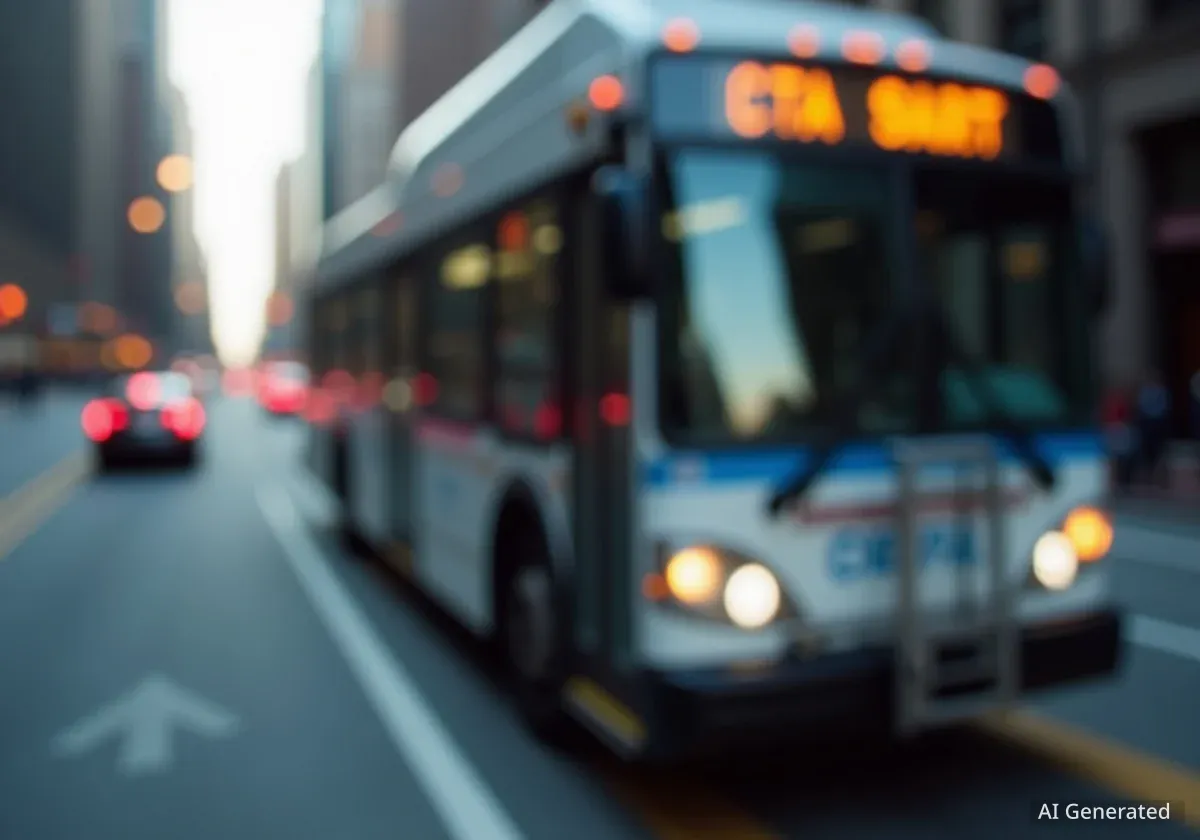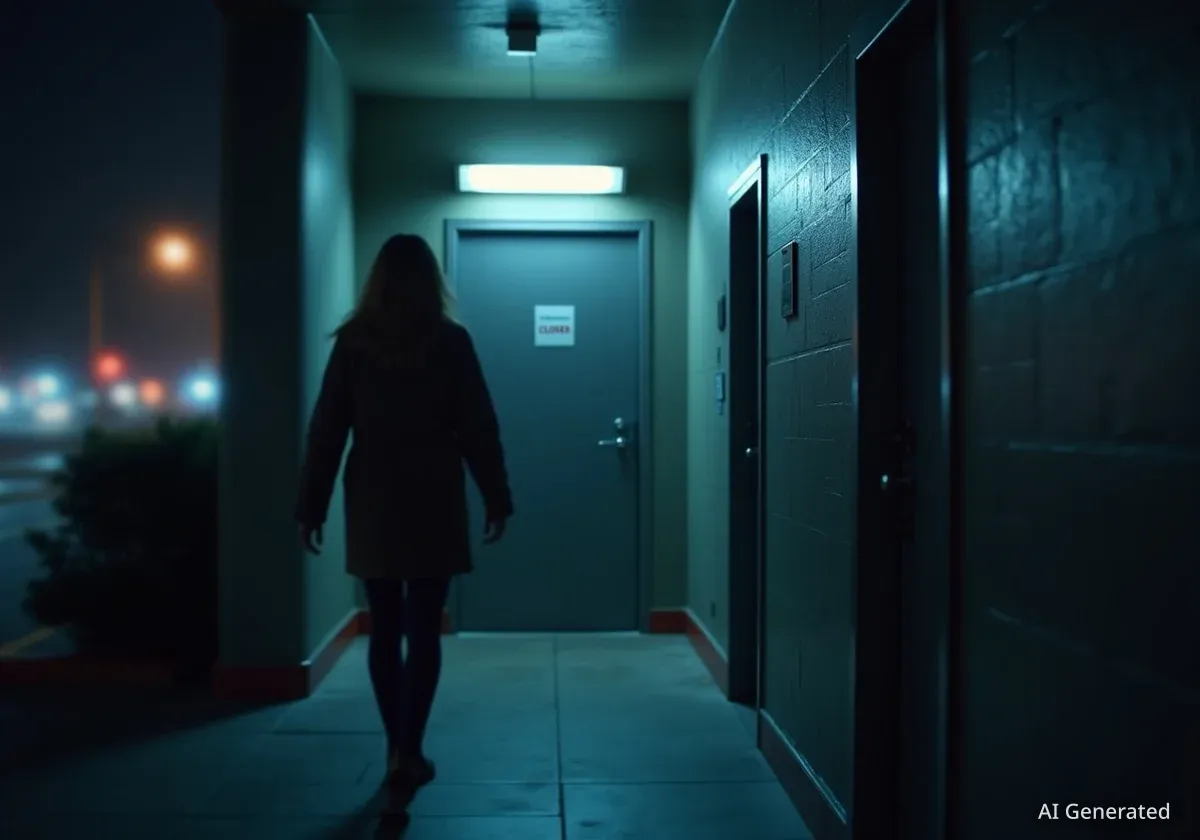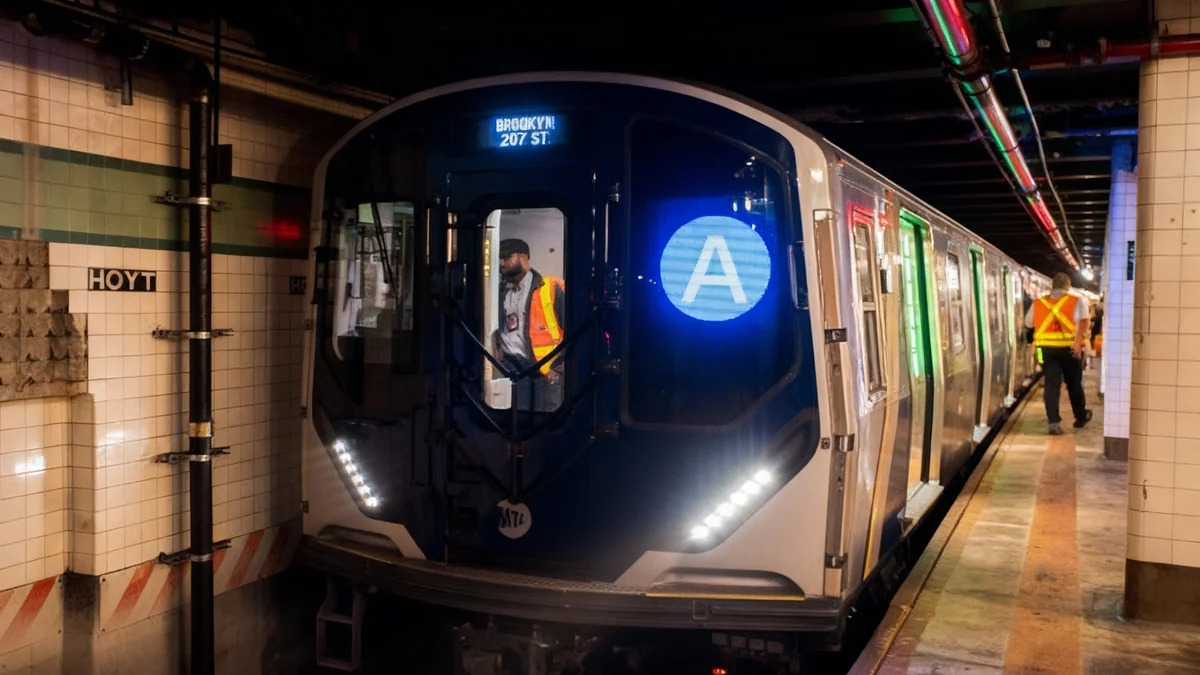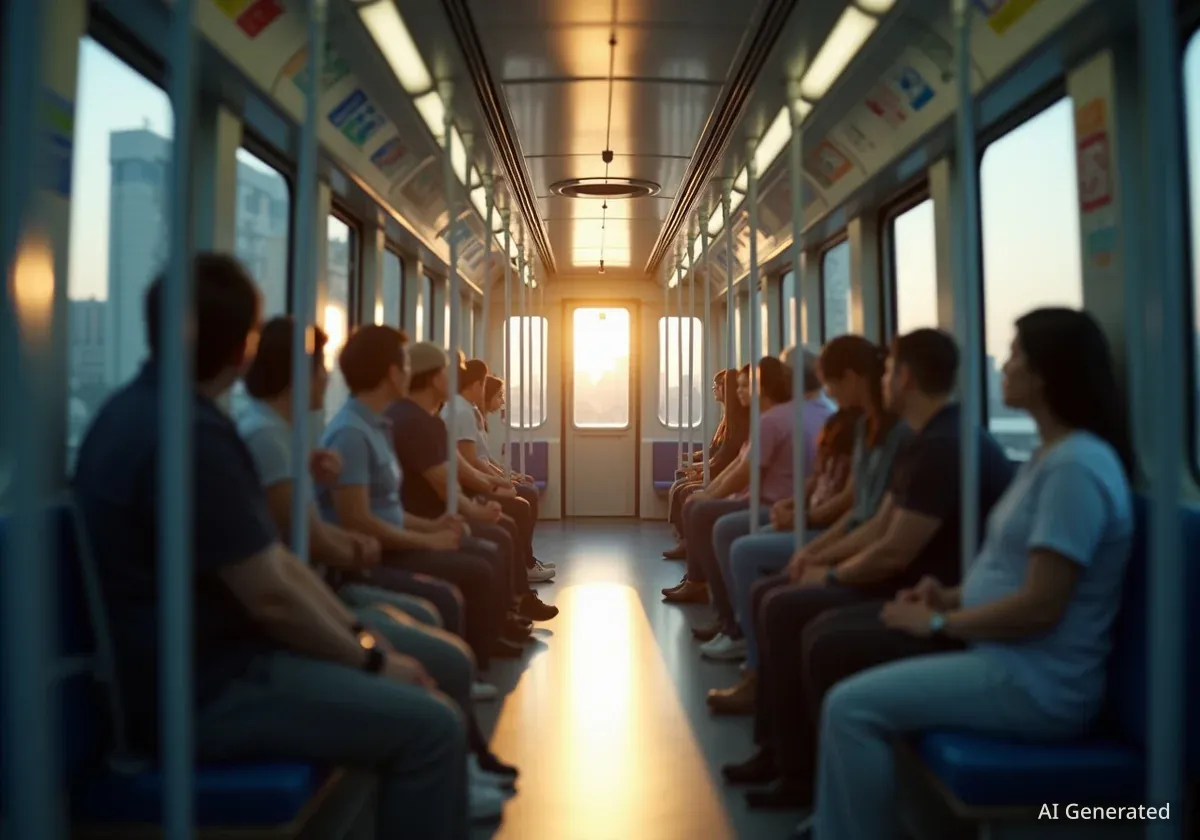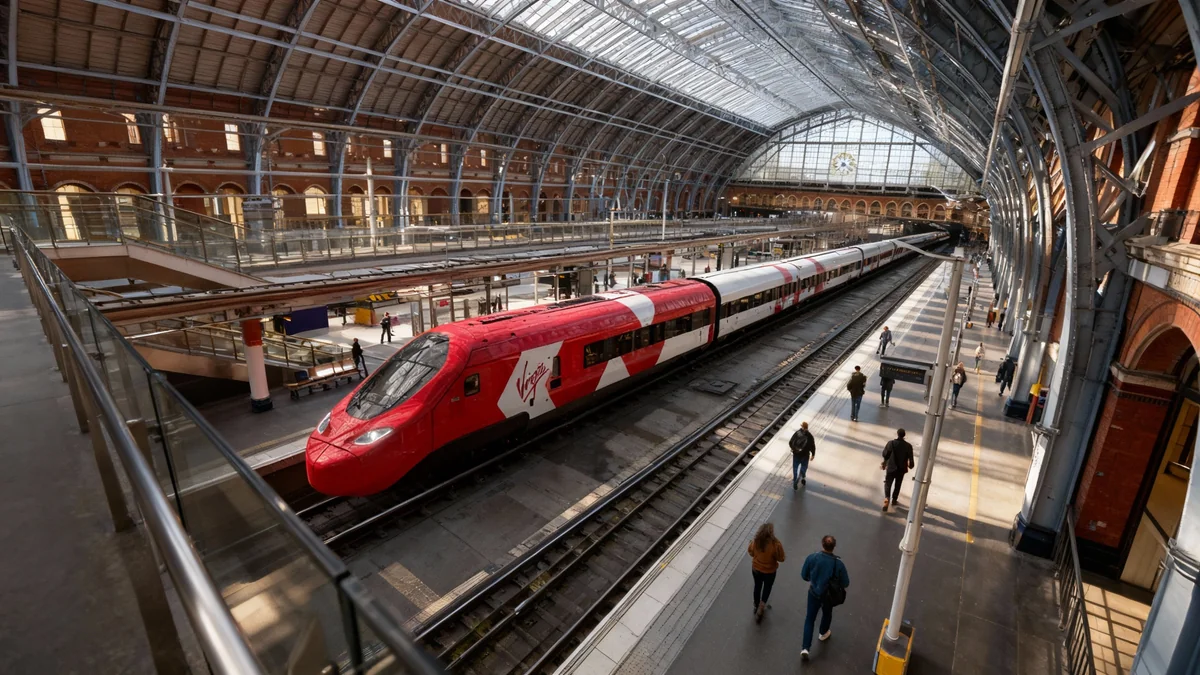The City of Chicago has started equipping some of its public transit buses with artificial intelligence cameras to automatically identify and ticket vehicles illegally parked in designated bus and bike lanes. The program, which began this week, aims to reduce traffic congestion and improve the reliability of the Chicago Transit Authority (CTA) system.
Key Takeaways
- New AI-powered cameras are being installed on select CTA buses in Chicago.
- The technology is designed to capture video evidence of vehicles obstructing bus and bike lanes.
- The Chicago Department of Transportation (CDOT) will review the footage to issue warnings or fines.
- City officials state the goal is to improve traffic flow, bus service efficiency, and passenger safety.
New Enforcement Technology on Chicago Streets
Starting this Wednesday, a selection of CTA buses will patrol their routes with more than just passengers. These vehicles are now part of a new city initiative using AI-driven cameras to enforce traffic laws. The system is specifically programmed to detect cars, trucks, and other vehicles that are illegally stopped or parked in lanes reserved for public transportation and bicycles.
This technology automates the initial phase of violation detection. As a bus moves along its route, the camera system continuously scans the lane ahead. When it identifies an illegally parked vehicle, it records video evidence, capturing the vehicle's location, license plate, and the duration of the obstruction.
Why Bus Lanes Are Critical
Dedicated bus lanes are a key component of urban transit infrastructure. They are designed to separate buses from general traffic, allowing them to bypass congestion and maintain a more consistent schedule. When these lanes are blocked, the entire public transit system can be affected, leading to delays, unreliable service, and increased operational costs.
The Enforcement and Review Process
While the AI cameras handle the detection, the final decision to issue a penalty is not fully automated. According to the city, all video evidence captured by the bus-mounted cameras will be sent to the Chicago Department of Transportation for human review. CDOT staff will verify that a violation has occurred before issuing a warning or a monetary fine to the registered owner of the vehicle.
This two-step process, combining AI detection with human oversight, is intended to ensure accuracy and fairness in the enforcement program. The city has indicated that the program will focus on educating drivers about the importance of keeping bus and bike lanes clear, with warnings potentially preceding fines for first-time offenders.
Previous Use of Camera Technology
This is not the first time Chicago has utilized camera-based enforcement. The city has previously deployed similar technology on other municipal vehicles to monitor lane violations. The expansion to CTA buses represents a significant step in scaling up the program to cover a much larger portion of the city's transit corridors.
Addressing Traffic Congestion and Safety Concerns
City officials have emphasized that the primary motivation for this program is to improve urban mobility and public safety. When vehicles block a bus lane, they force buses to merge back into mixed traffic, which slows down the entire route and creates a ripple effect of delays. This congestion impacts not only bus riders but all road users.
Furthermore, blocked lanes can create hazardous situations. Passengers, including those with disabilities or strollers, may be forced to board or exit the bus in a live traffic lane instead of safely at the curb. By keeping bus lanes clear, the city aims to make boarding safer and more accessible for everyone.
"When drivers illegally park in bus lanes, they create backups and disrupt the flow of traffic for everyone," a city transportation official explained. "This technology is a tool to help us keep Chicago moving and ensure our public transit system is efficient and reliable for the thousands of residents who depend on it daily."
Goals of the AI Enforcement Program
The implementation of this technology is part of a broader strategy to enhance public transportation in Chicago. The key objectives include:
- Improving Bus Speeds: By maintaining clear lanes, buses can travel more quickly and avoid common sources of delay.
- Increasing Service Reliability: Fewer delays mean more predictable arrival and departure times, which is a critical factor for commuters.
- Enhancing Passenger Safety: Clear lanes allow for safe, curbside boarding and alighting, reducing risks for passengers.
- Reducing Overall Congestion: A more efficient public transit system can encourage more people to use it, potentially reducing the number of private cars on the road.
The program will be monitored to assess its effectiveness in achieving these goals. Data on bus speeds, on-time performance, and the number of violations will likely be collected and analyzed to determine the impact of the AI camera enforcement. The city has not yet specified which bus routes will be included in the initial rollout or the timeline for potential expansion to the entire CTA fleet.

